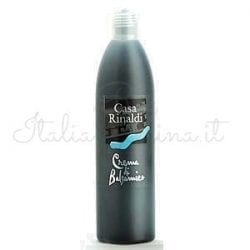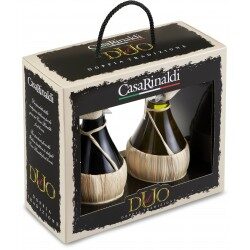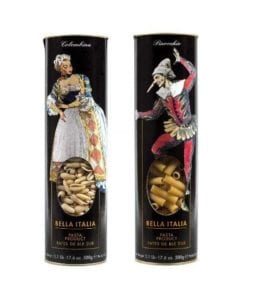Three types of balsamic vinegar have been on the market for some years: traditional balsamic vinegar of Modena, traditional balsamic vinegar of Reggio Emilia, balsamic vinegar of Modena. All three flaunt the adjective Balsamic on the label of the glass container. The third lacks the traditional voice and is produced with: wine, additions of cooked must, possibly caramel, possibly aged vinegar. Meanwhile, the traditional types of balsamic vinegar of both Modena and Reggio Emilia instead have only one ingredient: cooked must from native grapes. They are therefore profoundly different products starting from the ingredients used as well as the aging times. This explains the big difference in cost for the final consumer which is entirely justified by the radical difference in quality and aroma. Between the traditional balsamic vinegar of Modena and that of Reggio Emilia there are minimal differences, starting from the name, in fact, rather than differences we should speak of similarities.
Photo credit: Pixabay
If it is true that the tradition of balsamic vinegar was born in the Reggiana land, near Canossa, it is also true that the hilly territory of Reggio and Modena has very similar characteristics in the climate, in the soils and also in the vines. Therfore this means that the two vinegars both maintain the characteristics of excellence and peculiarities conferred by the Emilian territory. Consequently, the person that wants a product of excellence, must therefore focus his attention on the characteristic of the Traditional nature of the vinegar and not only on the wording Aceto balsamico, regardless of whether the origin is Modena or Reggio Emilia. The specificity of the wood of the barrels, of the place where the vinegar cellar is located, of the technical nuances in the art of certification, will influence and change the flavors and aromas of the vinegar in a very special way for each traditional balsamic vinegar maker.
Taste Balsamic Vinegar: Buy Now!
-

Balsamic Vinegar Sua Maestà – 250 ml
€12,00 -

Balsamic Vinegar “Mosto Sacro” with Spout
€15,90 -

Balsamic Vinegar Cream of Modena
€6,90 -

Balsamic Vinegar Caterina IGP
€14,90 -

Balsamic Vinegar Due Vittore Oro – 250 ml
€14,50 -

Balsamic Vinegar Cream of Modena White
€6,50 -

Aged Balsamic Vinegar PGI – 250 ml
€14,90 -

Organic Balsamic Vinegar PGI – 250 ml
€4,50 -

Balsamic Vinegar & Extra Virgin Oil
€22,90 -

CondiWine Chianti – 250 ml
€12,50




